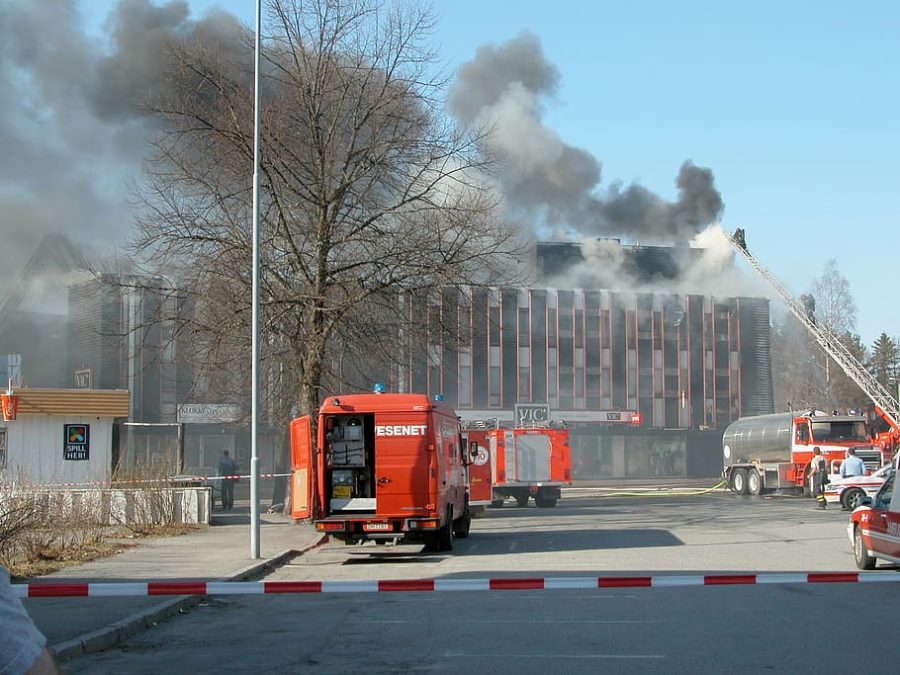Recycling Plant Fire in Indiana
In Richmond, Indiana, there was a blazing fire spewing toxic smoke from a recycling plant that forced thousands of people, including residents and employees, to evacuate, especially near the Ohio border. This fire was particularly dangerous because one of the main sources that was burning was plastic. The facility burning is “completely full from floor to ceiling and from wall to wall,” city Fire Chief Tim Brown said.
The Indiana State Fire Marshal Steve Jones affirms that the fire is definitely toxic,
Commenting, “There are a host of different chemicals that plastics give off when they’re on fire, and it’s concerning. The fire will likely burn for days.”
People in the area have been warned to stay cautious and not to touch any fire debris. One of the more dangerous kinds is asbestos. It is very toxic, but commonly used for insulation.
According to cnn.com, “When inhaled or ingested, asbestos fibers can become trapped in the body, and may eventually cause genetic damage to the body’s cells. Exposure may also cause mesothelioma, a rare and aggressive form of cancer.”
There are other types of dangerous debris, too. The worst thing someone could do is mow their lawn with the debris on it. Many have been told to leave questionable substances alone until further notice.
The cause of the fire has not been determined, but city officials and the mayor were well aware that it was a risk that could happen. Thankfully, there are no reported injuries or deaths.
Mostly everyone nearby has been evacuated, but more might need to be prepared in case the direction of the wind changes.
The most dangerous part is not the risk of getting burned by the fire. It is actually the unknown chemicals that travel much farther and can harm people’s respiratory systems. The good thing is that the US Environmental Protection Agency did not detect any styrene or benzene, which are dangerous toxic chemicals.
Judith Enck, president of Beyond Plastics, says that when plastic burns, it can also form dioxins, which are also extremely toxic. Even small amounts can cause significant damage to someone’s health.
In addition, Richard Peltier, an associate professor of environmental health science from the University of Massachusetts-Amherst, points out, “We know that it is very common that a large range of chemicals are formed whenever plastic materials are burned, including styrene, benzene, and a wide number of polyaromatic hydrocarbons – all of these are strong carcinogens, and it’s important for people to avoid exposures.”
He also said, “Potential short-term health risks could include symptoms such as dizziness, nausea, coughing, headache and fatigue.”
People with asthma are especially at risk because they are more sensitive to these exposures. Long-term risks include cancer if people are near these kinds of chemicals for an extended period of time. Being exposed to it for a short amount of time won’t directly result in cancer, but the risk is raised if people aren’t careful.
For now, the smoke is the main issue since it can cause irritation to the eyes, lungs, and mouth. Residents are heavily encouraged to wear masks, especially N95.
This was one of the largest fires some experienced firefighters have seen in their careers.

Eunnie is a senior at Aliso Niguel high school and is a Senior Editor in the Growling Wolverine. She is involved in several different clubs and swim, and...




